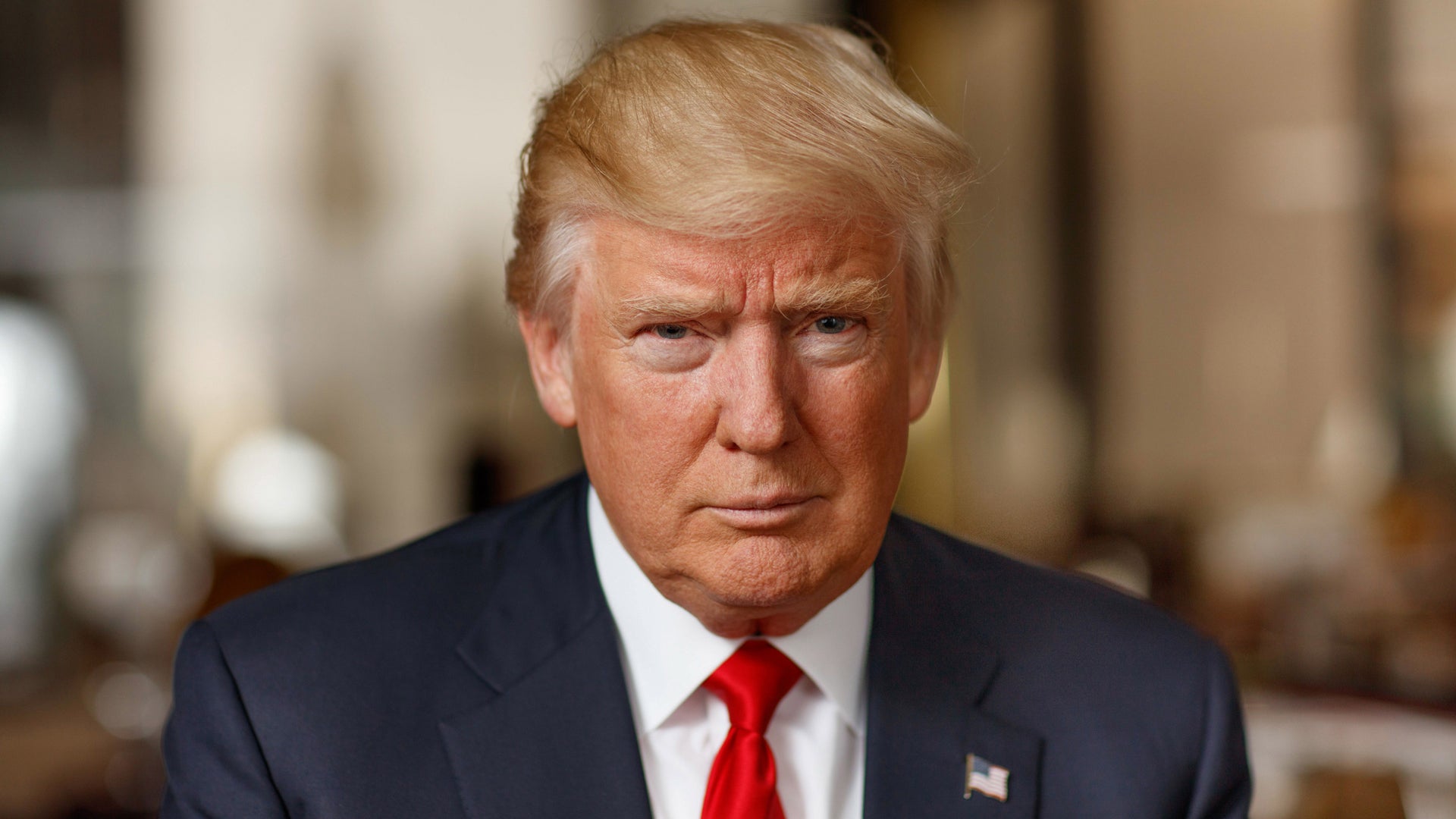The swirling maelstrom of international cryptocurrency regulation was set to transform as Donald Trump moved to implement pro-crypto policies. His lofty ambition aimed to establish America as the foremost leader in the burgeoning digital asset sector.
In contrast, the European Union readied extensive rules for crypto assets as part of their Markets in Crypto regulation due to take effect at year’s end. Experts proposed that Trump’s welcoming stance may eclipse the EU’s stringent framework, spurring industry players and investors across borders to flock towards opportunities in the United States. Across borders, opportunities abounded as regulatory winds shifted direction under disparate governments.
Trump’s Pro-Crypto Stance: A Game-Changer?
Donald Trump’s surprise victory in the 2024 election has fueled speculation across the cryptocurrency industry. With Bitcoin surging to new heights above $120,000, the former president’s vow to roll back restrictive policies has electrified both mainstream and big-money backers. At a recent rally, Trump proclaimed confidently,
“Together we will unleash crypto’s promise of prosperity. The ideas of American innovation will know no bounds.”


His administration has already kickstarted change. Key appointments include Gary Gensler, a known regulatory skeptic, taking over at the Securities and Exchange Commission along with venture capitalist Adam Back gaining an advisory role on crypto issues and AI policy. These shifts signal a decisive break from the SEC’s previous stringent approach under Paul Atkins, who faced accusations of aggressively targeting crypto firms.
For many crypto companies, this strategic change couldn’t come soon enough. Speaking cautiously, Binance US interim CEO Norman Reed stated, “With luck, domestic dollar.
MiCA: Europe’s Regulatory Burden or Global Benchmark?
Meanwhile, Europe forged ahead with its ambitious MiCA framework, designed to provide stability and security to the digital assets space. The far-reaching regulations aim to establish guardrails for crypto issuance, stablecoin operations, and digital asset services like custody and trading. While MiCA has received praise for its comprehensive strategy, some argue it may discourage pioneering work.
“In the previous US administration, MiCA seemed like a reasonable approach to conceptualizing the crypto industry without smothering innovation,” said Eswar Prasad, a senior fellow at the Brookings Institution. “But now, with Trump’s victory, we’ll likely see a migration of crypto-related activities departing Europe. MiCA will be viewed as too restrictive.”
For startups, the costs of adherence could prove prohibitively expensive. Yulia Makarova, special counsel at Cooley, explained, “The ongoing costs of compliance can drive businesses to the edge of viability. Startups may opt to launch in the US rather than face the fiscal strain of following MiCA.”
Industry Leaders React to the Transatlantic Divide
Crypto heavyweights like Binance and Coinbase are recalibrating their strategies in light of changing regulations. Binance CEO Changpeng Zhao alluded to potentially shifting more resources back to the burgeoning US market, acknowledging the country’s increasingly appealing regulatory environment. Meanwhile, Coinbase continues bolstering its European Union operations while still beholden to the magnetic pull of the colossal American market.
“MiCA may lose some of its sheen and edge under the new US administration,”
Noted Denzel Walters, Luxembourg head of market maker B2C2. Walters’ comment underscores the divide in opinions, with some executives perceiving MiCA as a potential stabilizing force while others view it as an onerous regulatory imposition.
Even within the EU, compliance hurdles are surfacing. Reports indicate that Tether, the world’s largest stablecoin, is being removed from local exchanges due to failure to satisfy MiCA’s exacting standards, highlighting the challenges involved in meeting the regulation’s rigorous criteria.


The Road Ahead: US vs. EU
As the Trump administration forges ahead with establishing a legislative framework to govern cryptocurrencies, traditional financial giants are increasingly captivated by the potential of digital assets. Experts anticipate that America’s crypto-friendly climate will lure not merely startups but also motivate global corporations to rethink their allegiance to European headquarters.
“We stand on the threshold of a revolutionary new period in electronic finance,” proclaimed David Sacks. “The United States is positioning itself as the planetary capital for crypto, which will reshape how the whole world approaches cutting-edge technological progress.”
MiCA aims to safeguard investors and supply market stability, but the promise of relaxed oversight in America is difficult to ignore. The contrast between Trump’s vision and Europe’s prudent approach underscores a growing schism across the Atlantic.
Conclusion: The Future of Crypto Lies in Policy
Cryptocurrencies continue proliferating amid evolving global markets, and regulation will prove pivotal in determining their trajectory. President Trump champions cryptocurrencies’ potential, heralding an American golden age of blockchain innovation and investment freedom.
Yet across the Atlantic, Europe’s MiCA establishes structured rulebooks guiding digital assets’ compliance and stability. For businesses and holders, prioritizing either market potential or regulatory assurance will shape their path. Meanwhile, America’s pro-crypto posture signals its ambition to accelerate the digital revolution’s course.
FAQs
Why are crypto companies moving from Europe to the U.S.?
Reduced barriers due to America’s pro-crypto leader’s promise of hope where stringent rules in the previous continent caused strife for many ventures.
What is MiCA, and why is it important?
The EU’s extensive crypto regulations aim to shelter investors and assure steadiness, though exacting demands may dissuade fledgling companies from forming.
How has Trump’s crypto stance impacted the market?
The former president’s positive stance on cryptocurrency has lifted faith in the field, powering Bitcoin to new heights and luring enterprises back to America’s expanding industry.










